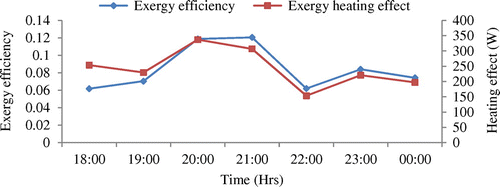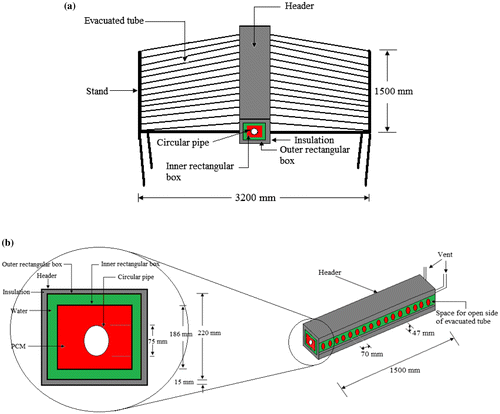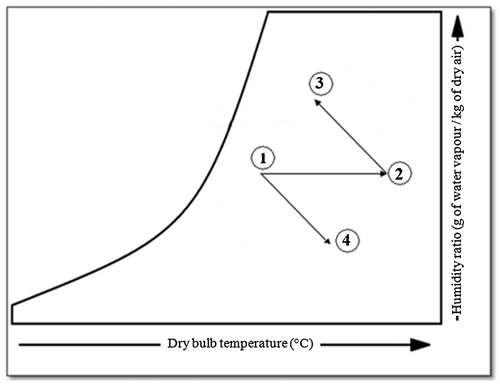Figures & data
Figure 1a. Schematic diagram of the phase change material (PCM)-based solar powered desiccant wheel air conditioning (SPDWAC) system represents the sensor position.
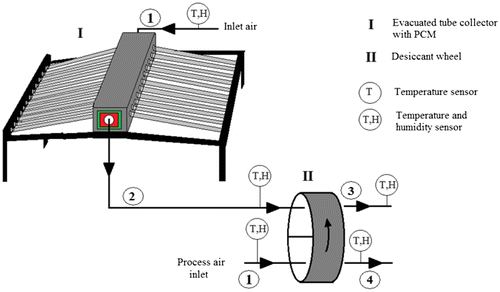
Figure 1b. Photograph of the phase change material (PCM)-based solar powered desiccant wheel air conditioning (SPDWAC) system.
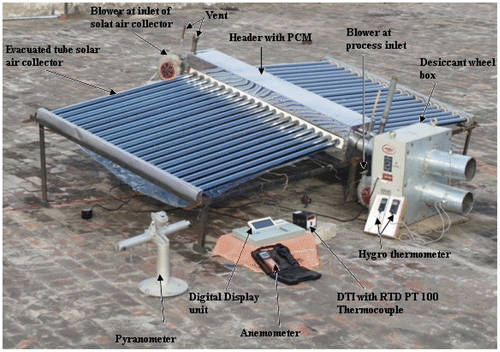
Figure 3. (a) Schematic diagrams of rotary desiccant wheel (b) Cross section of air flow channel with sinusoidal matrix
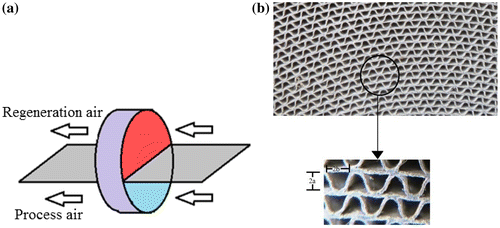
Table 1. Dimension and properties of DW [Yadav and Bajpai (Citation2012)].
Table 2. Specification of the measuring instruments.
Figure 5. Variation of temperatures and solar intensity with time at a flow rate of 63.62 kg h−1 (27/02/2015)
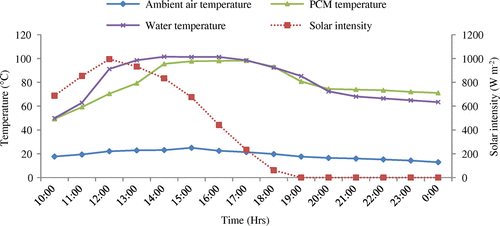
Figure 6. Variation of regeneration rate, dehumidification rate and regeneration temperature with time for a flow rate of 63.62 kg h−1 (27/02/2015)
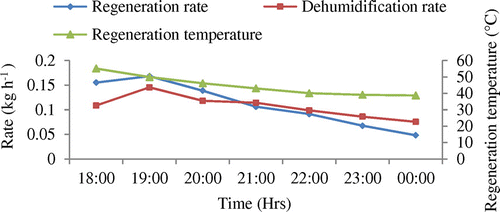
Figure 7. Variation of regeneration effectiveness, dehumidification effectiveness and regeneration temperature with time for a flow rate of 63.62 kg h−1 (27/02/2015)
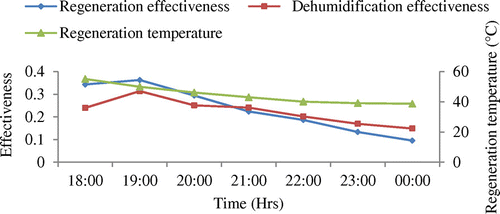
Figure 8. Variation of thermal effectiveness and regeneration temperature with time for a flow rate of 63.62 kg h−1(27/02/2015)
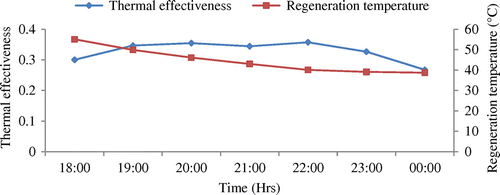
Figure 9. Variation of thermal coefficient of performance of the system and heating capacity with time for a flow rate of 63.62 kg h−1(27/02/2015)
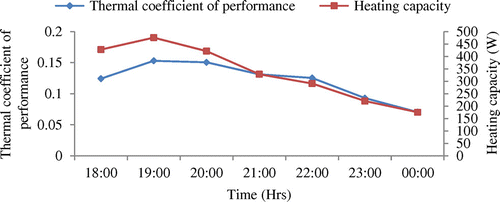
Figure 10. Variation of exergy efficiency of the system and exergy heating capacity with time for a flow rate of 63.62 kg h−1 (27/02/2015)
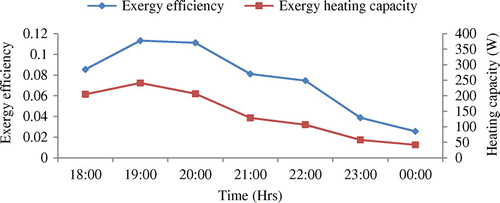
Figure 11. Variation of temperatures and solar intensity with time for a flow rate of 127.23 kg h−1 (04/03/2015)
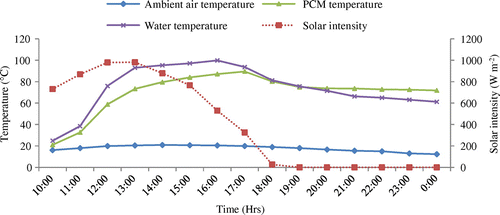
Figure 12. Variation of regeneration rate, dehumidification rate and regeneration temperature with time for a flow rate of 127.23 kg h−1 (04/03/2015)
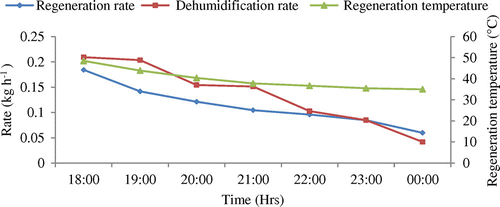
Figure 13. Variation of regeneration effectiveness, dehumidification effectiveness and regeneration temperature with time for a flow rate of 127.23 kg h−1 (04/03/2015)

Figure 14. Variation of thermal effectiveness and regeneration temperature with time for a flow rate of 127.23 kg h−1 (04/03/2015)

Figure 15. Variation of thermal coefficient of performance of the system and heating capacity with time for a flow rate of 127.23 kg h−1 (04/03/2015)
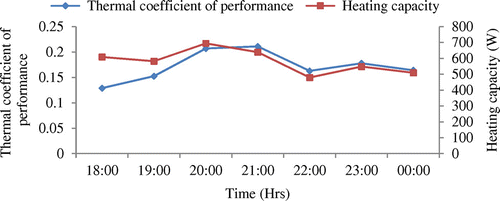
Figure 16. Variation of exergy efficiency of the system and exergy heating effect with time for a flow rate of 127.23 kg h−1 (04/03/2015)
